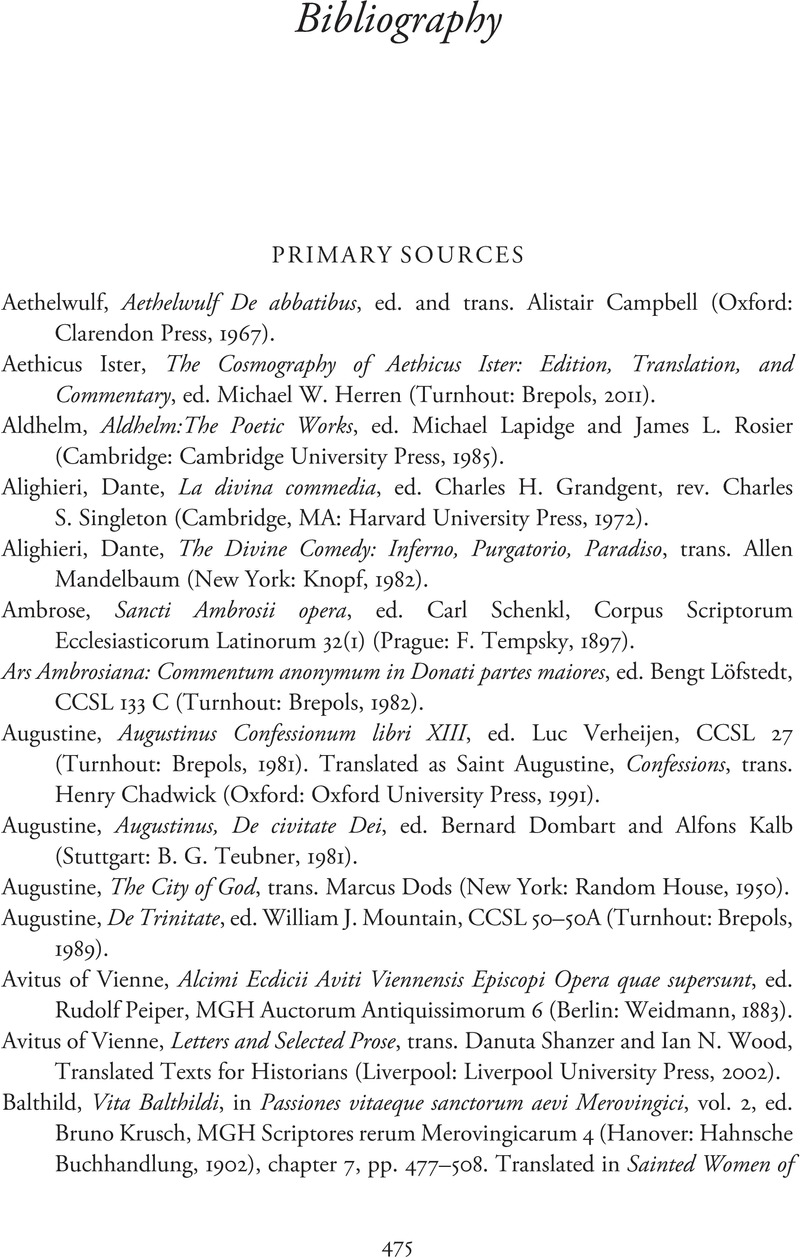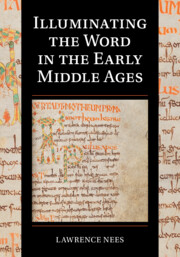Book contents
- Illuminating the Word in the Early Middle Ages
- Cambridge Studies in Palaeography and Codicology
- Additional material
- Illuminating the Word in the Early Middle Ages
- Copyright page
- Contents
- Figures
- Acknowledgments
- Abbreviations
- 1 The New Medieval Book and Its Heritage
- 2 The St. Petersburg Gregory Manuscript and Its Ornament
- 3 Seeing and Reading
- 4 Decorated Words in Late Antiquity
- 5 Illuminated Manuscripts from Luxeuil and Bobbio
- 6 Early Insular Manuscripts in Relation to the Beginnings of Book Illumination
- 7 The Beginnings of Book Illumination and the Ethnic Paradigm in Modern Historiography
- 8 Conclusion
- Bibliography
- Manuscript Index
- Subject Index
- References
Bibliography
Published online by Cambridge University Press: 14 September 2023
- Illuminating the Word in the Early Middle Ages
- Cambridge Studies in Palaeography and Codicology
- Additional material
- Illuminating the Word in the Early Middle Ages
- Copyright page
- Contents
- Figures
- Acknowledgments
- Abbreviations
- 1 The New Medieval Book and Its Heritage
- 2 The St. Petersburg Gregory Manuscript and Its Ornament
- 3 Seeing and Reading
- 4 Decorated Words in Late Antiquity
- 5 Illuminated Manuscripts from Luxeuil and Bobbio
- 6 Early Insular Manuscripts in Relation to the Beginnings of Book Illumination
- 7 The Beginnings of Book Illumination and the Ethnic Paradigm in Modern Historiography
- 8 Conclusion
- Bibliography
- Manuscript Index
- Subject Index
- References
Summary

- Type
- Chapter
- Information
- Illuminating the Word in the Early Middle Ages , pp. 475 - 531Publisher: Cambridge University PressPrint publication year: 2023



